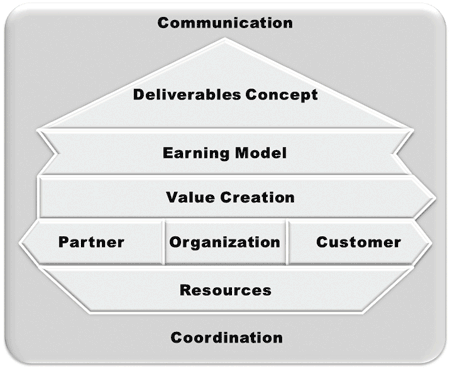Economy
The economy is the totality of all organizations and
processes that are involved in the economic cycle. The economy is the system in
which people work to produce, trade, and consume goods and services.
The purpose of the economy is to satisfy people's
needs as efficiently and sustainably as possible. It involves managing limited
resources (such as raw materials, labor, and time) in a way that as many people
as possible are well provided for.
The economic organizations include
- Investors,
- States,
- Suppliers,
- Customers and
- the enterprise.

The processes of economic management include performance-related
- Investing in companies,
- State laws and subsidies,
- Research and development,
- Cooperation with suppliers
- Delivery of materials, products, and services
- Value creation in the company,
- Delivery of products and services and customer payment,
- Tax processing and
- Interdisciplinary business tasks, such as HR, finance, IT, and others.
In concrete terms, this means
- Provide goods and services that people need for living (e.g., food, clothing, housing, medical care, transportation).
- To create jobs and generate income.
- Increase prosperity and quality of life.
- Organize the distribution of resources in such a way that it is as fair and effective as possible.
- To promote innovation and technical progress.
Business model
memecon® focuses on the business model and the Business plan. The business model is a universally applicable framework for understanding, developing, communicating, and revising an undertaking's business strategy and functionality.
The purpose of a business model is to describe how a company functions in a systematic and understandable way in order to influence events and create benefits, thereby surviving or even growing economically.

- The Deliverables concept is the core of the business model, comprising the business idea, value proposition, market definition, and the specific product or service offering.
- The Earning model describes how the company generates revenue, e.g., through pricing strategies, payment models, and various revenue streams.
- Value creation consists of the rough process organization (core processes) that are necessary to manage, develop, produce, deliver, and support services.
- The organization describes its organizational structure.
- Partners are external players who support the company in its implementation, such as suppliers or strategic alliances.
- Customers are the company's target group.
- Resources encompass the tangible, intangible, human, and financial resources necessary for business operations.
- The company utilizes various communication channels to communicate with and interact with customers and the market.
- Coordination mechanisms are the systems and methods used to coordinate, govern, and control all internal and external activities.
Bussiness plan
A Business plan is a formal document that serves as the foundation and medium-term framework for a company. It describes in a clear and structured manner what is planned, how the strategy will be implemented, and under what conditions the company will operate.
A well-thought-out business plan brings clarity – for yourself and for others. As a consulting firm, we support you step by step in fleshing out your idea.
A Business plan consists of:
- Executive Summary, i.e., a compact summary of your plan.
- Product/service description,
- Exec(utives/utors),
- Market and competition analysis,
- Marketing and sales strategies,
- Personnel and organizational planning,
- Schedule,
- Opportunities and risks,
- Financial planning,
- Capital requirements and
- Financing options.

